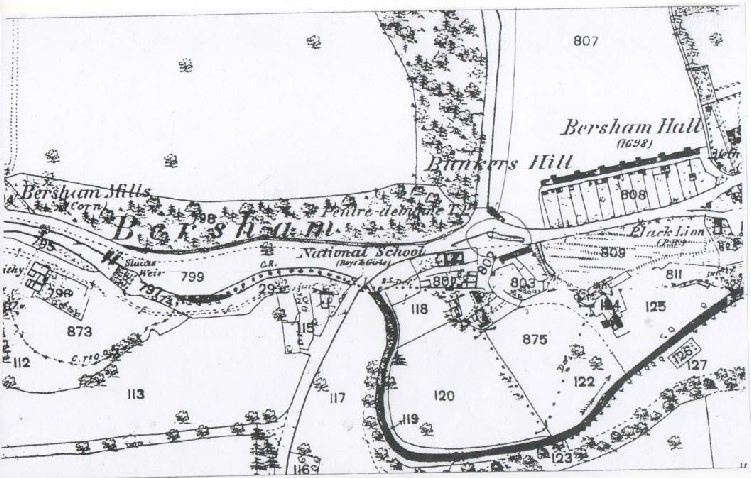Evening Leader 82-Iron and steel - By Philip Philips
This column has already looked at a number of riches to be found under our feet such as coal, lead and clay. Today we look at another mineral which attracted envious eyes from other quarters. Bersham ironworks, built about 1670, was operated in the early 18th century by the Quaker, Charles Lloyd of Dolobran, but it took the arrival of Isaac Wilkinson in 1753 to stimulate the industry. Wilkinson, a Lancashire man, was attracted to this area by its water power, coal and of course, its iron ore. From 1763 the works was operated by the great iron master John Wilkinson who had previously established ironworks at New Wiley near Brosley in Shropshire and at Bilston in Staffordshire in 1758. A further stimulus to the industry came with the construction of the Ellesmere Canal in 1805.We should not forget that Wilkinson was not the only local ironmaster to operate during this period. William Hazeldine built Plas Kynaston foundry in 1795. Thomas Jones, formerly of Llannerchrugog Hall in Rhos, worked Ponciau forge about 1807, opened Llwynenion ironworks by 1811 and from 1819 built furnaces at Leeswood and Coed Talon.
It is, however, the Bersham ironworks which has achieved the greatest prominence. At Bersham great quantities of armaments were made in the closing years of the Seven Years War (1756-1763). Wilkinson experimented with, and later patented, machinery for the boring of cannon. This had important consequences when in 1775 Boulton and Watt began to make James Watt’s improved steam engines. Only John Wilkinson could bore the cylinders to the required standard of accuracy, and he supplied them to Boulton and Watt for twenty years. This arrangement came to an end when it was discovered that Wilkinson had been making pirated engines incorporating Watt’s improvements, and selling them locally. Wilkinson also quarrelled violently with his partner and brother William. This resulted in the partial destruction of the works in 1793 which then lay idle until they were sold off after William’s death.
Not to be outdone, John Wilkinson bought the Brymbo Hall estate in 1792 and promptly built a new ironworks. Water power was no longer essential, as it could be replaced by rotative steam engines, so the reserves of coal and ironstone made Brymbo a better site than Bersham. The Scottish engineer Henry Robertson was engaged by Scottish banks to investigate the industrial potential of north-east Wales. His report led them to investigate large sums in the development of mineral railways from about 1840. Robertson also partnered Robert Roy in the new development of the Brymbo Ironworks and completely revitalized it. When Roy left in 1846 Brymbo was placed in the hands of W.H.Darby and C.E.Darby of the famous Coalbrookdale family of ironmasters. The Darbys, a Quaker family, established schools and provided a workers’ institute. In 1884 Henry Robertson, four years before his death, founded the Brymbo Steel Company and in the following year produced the first steel in Britain to be made using the basic open-hearth method. The first sales were to the Alyn Tinplate Company in Mold.
Brymbo closed down in the great depression, for the years 1931 to 1933, but during the Second World War, because of its isolated position, it was selected to supply the aircraft industry, and from that time it concentrated on the production of high quality steels. An electric melting shop to replace the old open-hearth furnaces was built in 1959 and in the 1970s a £65 million investment programme made Brymbo a market leader in the production of special steel for the engineering and motor industry. Sadly, however, despite this investment, the works closed in 1990 bringing to an end over 300 years of iron and steel manufacturing in the area. (Philip Philips)

 Bersham Village
Characters
Bersham School
Rhostyllen School
People & Events
Erddig
Transport
Bersham Village
Characters
Bersham School
Rhostyllen School
People & Events
Erddig
Transport
 Bersham Paper Mills
Bersham Paper Mills

















 Black Lion Inn, Bersham
Black Lion Inn, Bersham
